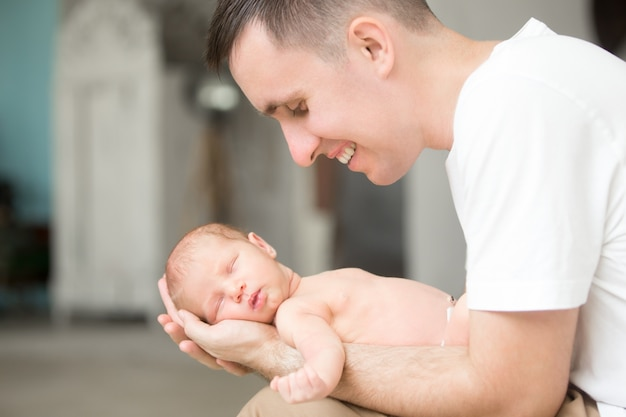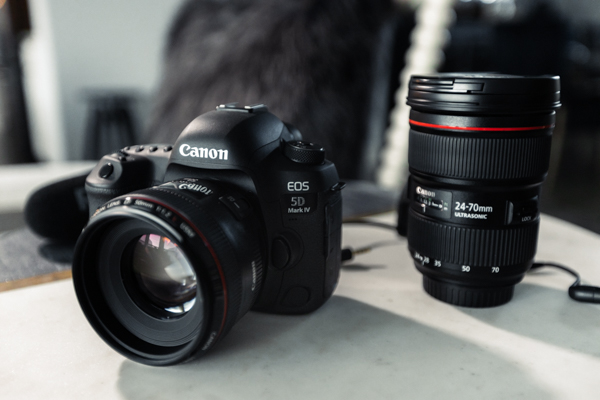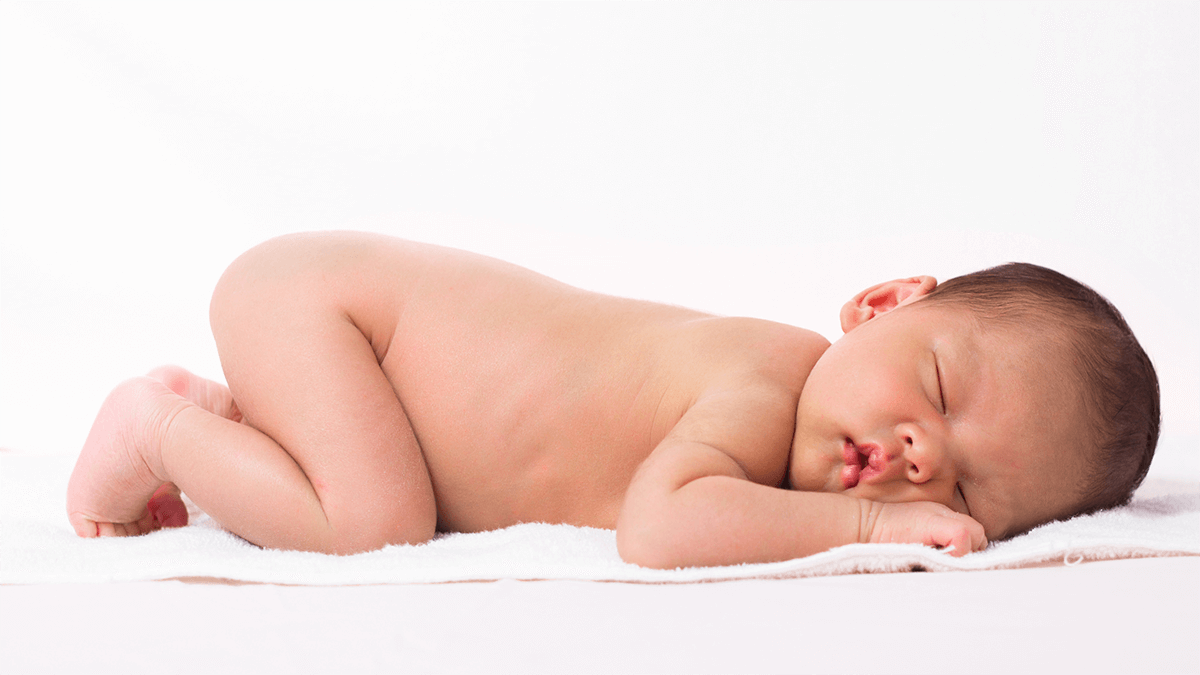
How Long is a Typical Newborn?
From Tiny To Tummy Time – Everything About Newborn Size Doesn’t it feel surreal when a newborn baby comes into this world? But let’s admit

This is the essence of family photography, capturing those special moments that families share. You wish you could pause time and keep those moments with you for as long as you can imagine. However, determining what is necessary can be confusing with all the cameras and accessories available.
The good news is that you do not have to use the best or the latest equipment to get good family pictures. Here are some basic accessories that will enable you to capture beautiful, clear, and sharp images of your loved ones.
The age-old question is, which camera is best for family photography? Unfortunately, there is no definite answer to this question, as the best camera for you will depend on your budget, experience, and shooting style.
Here are some things to consider when choosing a camera for family photography:
A beginner’s camera must be easy to use and control because they are unfamiliar with the equipment. A point-and-shoot or mirrorless camera with auto settings will do just fine.
You’ll need a camera to capture good-quality pictures with good pixel density and low-light sensitivity. A DSLR or mirrorless camera with a larger sensor will generally have better image quality than a point-and-shoot camera.
A zoom lens affords you more options for positioning your subjects. This can be useful when recording your family and kids because they are always in motion.
Once you have figured out which camera is best for family photography, you should tackle the lens type. The lens is as critical as the camera body when capturing excellent photos.
Prime lenses cannot zoom since they have a fixed focal length. Still, they are generally faster and provide better image quality than zoom lenses. They are ideal for night photography and photos of people with the background out of focus (bokeh).
Zoom lenses are more versatile when it comes to positioning your subjects. This can be useful when you want to record your family and their activities, especially if you have very active young children.
The focal length of a lens determines the field of view, that is, how wide or narrow the view will be. A wide-angle lens is helpful when taking group photos or in small spaces, such as traveling. A telephoto lens helps take candid shots or even portraits without being close to the subject.
A lens’s aperture defines the amount of light that can be absorbed. A low f-number enables clearer images in the dark and a narrow field of focus.
4Baby Ultrasound offers a complete package for expectant parents. See your little miracle come alive in stunning 3D/4D detail, then preserve those precious memories with professional maternity and newborn photography. Call us today and book your unforgettable experience with 4Baby Ultrasound!

Our 4 Baby ultrasound and sonogram sessions allow you to see your unborn baby in 2d, 3d, and 4d live motion with a 3D/4D/HD ultrasound at our locations in Texas, serving Dallas, Fort Worth, Waxahachie, Ennis, Grapevine, Frisco, Flower Mound and Tyler Texas as well.

From Tiny To Tummy Time – Everything About Newborn Size Doesn’t it feel surreal when a newborn baby comes into this world? But let’s admit

First of all, congratulations on your pregnancy. Are you now starting to worry about this question, “What is the hardest week of a newborn?” Well,
2025 © 4babyultrasound All rights reserved | Powered by 4Baby Ultrasound & Photography Boutique